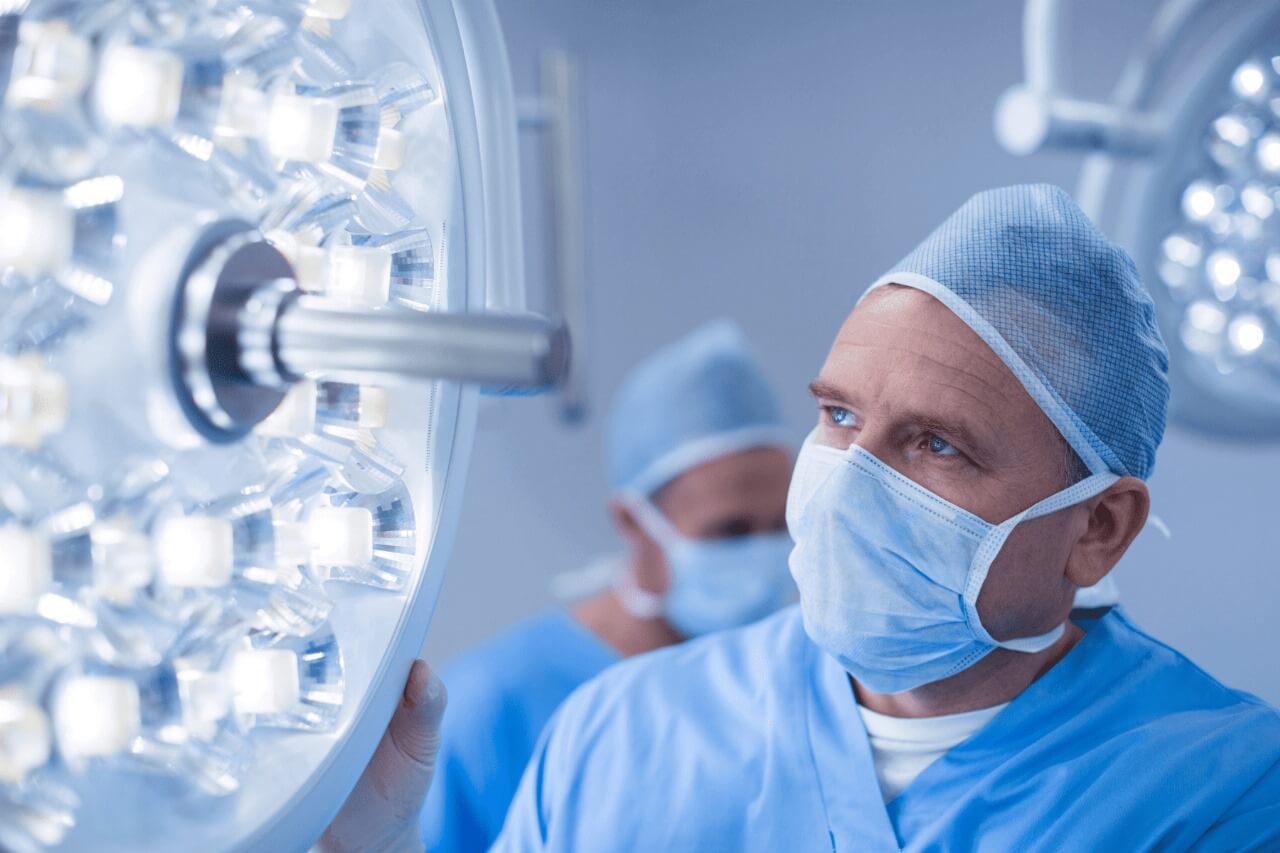In healthcare settings, the importance of lighting goes beyond mere illumination. Effective lighting can significantly impact patient wellbeing, recovery times, and overall healthcare outcomes. This blog explores the role of healthcare lighting in enhancing patient care, its influence on staff efficiency, and how modern advancements are shaping the future of healthcare environments.
The Impact on Patient Wellbeing
- Psychological Effects: Proper lighting in healthcare facilities can have a profound psychological impact on patients. Natural light or lighting that mimics natural daylight can improve mood, reduce anxiety, and contribute to a more positive patient experience. Exposure to natural light helps regulate circadian rhythms, which is essential for maintaining a healthy sleep-wake cycle.
- Healing and Recovery: Studies have shown that patients exposed to adequate lighting recover faster than those in poorly lit environments. Light therapy is often used to treat conditions such as seasonal affective disorder (SAD) and other mood disorders, demonstrating the therapeutic benefits of light. Moreover, well-lit spaces can reduce feelings of isolation and depression, promoting overall mental and physical health.
- Safety and Comfort: Adequate lighting reduces the risk of accidents and falls, particularly in areas such as patient rooms, bathrooms, and corridors. Adjustable lighting allows patients to control their environment, enhancing comfort and autonomy. Night lighting with reduced intensity ensures patient safety without disturbing sleep.
Enhancing Staff Efficiency
- Work Performance: Healthcare professionals require high-quality lighting to perform their tasks accurately and efficiently. Proper lighting enhances visual acuity, reducing the risk of errors during medical examinations, surgeries, and routine tasks. It also helps in identifying subtle changes in a patient’s condition, ensuring timely and appropriate interventions.
- Fatigue Reduction: Poor lighting can lead to eye strain and fatigue among healthcare staff, negatively impacting their performance and wellbeing. Proper lighting design, including task lighting and ambient lighting, can reduce fatigue and improve concentration, leading to better care delivery and staff satisfaction.
- Shift Work Considerations: In facilities that operate around the clock, lighting needs to support the different shifts of healthcare workers. Adjustable and dynamic lighting systems that change intensity and color temperature can help simulate natural daylight, aiding in the adjustment to night shifts and reducing the adverse effects of shift work on circadian rhythms.
Modern Advancements in Healthcare Lighting
- LED Technology: The introduction of LED lighting has revolutionized healthcare environments. LEDs offer energy efficiency, longevity, and superior light quality. They are also flexible in design, allowing for precise control over light intensity and color temperature, which is crucial for creating comfortable and effective lighting conditions.
- Circadian Lighting Systems: These systems are designed to mimic the natural progression of daylight, supporting the body’s circadian rhythms. By adjusting the light color and intensity throughout the day, circadian lighting systems help maintain natural sleep-wake cycles, improving patient sleep quality and overall health.
- Smart Lighting Solutions: Advances in smart technology have led to the development of lighting systems that can be controlled remotely and adjusted based on specific needs. Motion sensors, dimmers, and programmable lighting schedules enhance both energy efficiency and user experience. In healthcare settings, these features can ensure optimal lighting conditions while minimizing energy consumption.
- Human-Centric Lighting: This approach focuses on the biological and emotional needs of individuals. Human-centric lighting systems provide tailored lighting solutions that support health and wellbeing, enhancing both patient outcomes and staff performance. These systems take into account factors such as light intensity, color temperature, and timing to create environments that promote healing and efficiency.
Future Trends in Healthcare Lighting
- Integration with Health Monitoring Systems: Future healthcare lighting systems may be integrated with health monitoring technologies to provide personalized lighting conditions based on patient needs. For example, lighting could adjust automatically based on a patient’s activity level, mood, or vital signs, offering a more responsive and supportive environment.
- Sustainable Lighting Solutions: As environmental concerns grow, there is a push towards more sustainable lighting solutions in healthcare. This includes the use of energy-efficient lighting, renewable energy sources, and materials that reduce the environmental impact of lighting systems.
- Advanced Control Systems: The development of advanced control systems, including artificial intelligence and machine learning, will enable more precise and adaptive lighting solutions. These systems can learn from usage patterns and preferences, continually optimizing lighting conditions for both patients and staff.
Conclusion
Healthcare lighting is a critical component of patient care and staff efficiency. Proper lighting enhances patient wellbeing, supports faster recovery, and improves the performance and satisfaction of healthcare professionals. With ongoing advancements in technology, the future of healthcare lighting promises even greater improvements in creating environments that are conducive to healing and efficient care delivery. By prioritizing effective lighting solutions, healthcare facilities can ensure better outcomes for patients and a more supportive workplace for staff.
